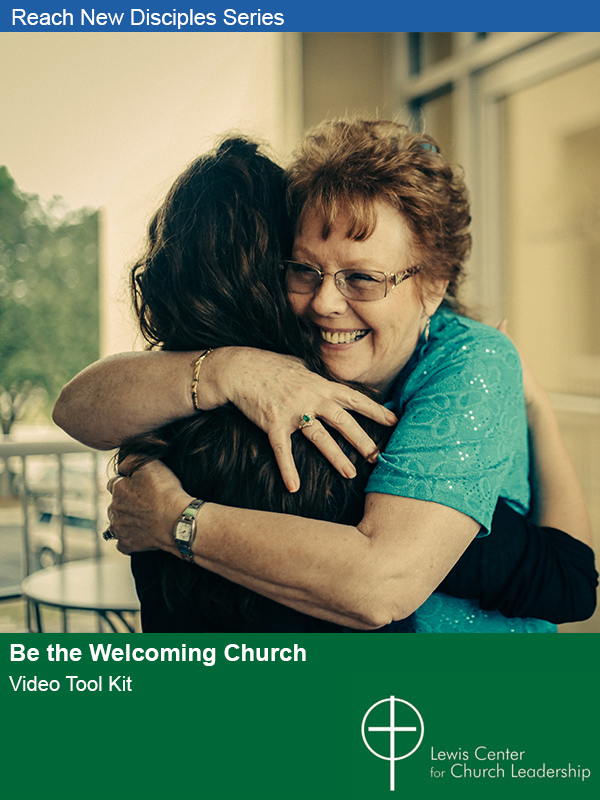Jeremy Steele says that reaching millennials requires more than marketing and invitation. You need a plan for how to connect with them once they arrive — a plan that engages them in serious matters of the soul and feeds their hunger for authentic community.
Churches often spend more time and energy thinking through marketing and invitation strategies than considering next steps: what happens when someone responds to the marketing efforts and walks through the doors for the first time. Ultimate success in marketing to millennials needs a comprehensive plan that takes a deep look at how they can connect while inside your walls.
Deeply spiritual
In research conducted by the Barna Group on behalf of United Methodist Communications, there is a clear winner when it comes to the reasons that millennials go to church: they want deep spirituality. This is echoed in another Barna study that showed a preference of “classic” over “trendy” worship in a “sanctuary” rather than an “auditorium.”
More than anything else, millennials are coming to church to encounter the divine. Though the church’s authority may be minimized in other areas of culture, it is still given primacy in spirituality. When millennials show up, they want to engage in the serious matters of the soul. Attempts by previous generations to make spaces feel less holy and more corporate have less attraction to this generation. Millennials have no problem with stained glass and do not need fake ficus trees in an empty gymnasium to feel like they are engaging with an authentic spirituality.
Real community
The United Methodist Communication/Barna survey reveals a desire for community is equally important to millennials. It found that 38% of respondents said they look for a church where all are welcome and where they can make new friends and nurture friendships. Unfortunately, many churches have minimized community in worship to the point that 24% of the unchurched feel that services are people merely sharing a space at a public event instead of a group present for one other. This key factor needs to be evaluated by churches.
Far too often the only interaction people experience during service happens for 30 seconds it takes as the congregation is invited to say hello to one another in the passing of the peace. This can feel like a fake transient community instead of a sincere beginning to community. Though it may not be possible to break into small groups for discussion in the middle of a sermon, some churches have found success inviting people to talk before (or after) the service about issues related to the sermon topic. Others invite people to share coffee with the pastor in the lobby after services. However you do it, real community is an absolute must for churches seeking to engage millennials.
Casual atmosphere
When Barna researched about worship style and spaces, there was a clear preference that mirrors a larger cultural trend away from formality. When millennials walk into a church, they want to feel relaxed and comfortable instead of “dignified.” This is most acutely expressed in the clothing choices appropriate to the space. Millennials want to be able to arrive in a nice T-shirt (or polo) and jeans without feeling judged or out of place in the community of worshippers. This can be a difficult atmosphere to create in churches with a tradition of more formal attire. Even that can easily be remedied by intentionally mixing the dress styles of those who are in up-front leader roles.
A casual atmosphere is reflected in much more than attire. It’s communicated by the overall warmth and openness a congregation expresses by engaging in conversation with newcomers and treating them as guests rather than outsiders. Where possible, the service itself can be made more intentionally causal. Rather than reading from the King James, the church may opt to use the Common English Bible (CEB) translation. Instead of writing a pastoral prayer in formal language, try expressing it in a more casual tone. Rather than saying “peace be with you” during the passing of the peace, invite congregants to simply say “peace” or offer another casual phrase as the starting point for that moment in the service.
Modern worship
Barna’s findings also point to millennials’ preference for descriptive terms for worship styles. When asked, 60% preferred “modern” over “traditional” (40%) worship. (This doesn’t mean that you need to buy a smoke machine — though many churches with them successfully reach this generation.) Instead, this choice speaks to an overall orientation. Modern worship conveys the willingness to be present in the world as it is, interpreting the Christian tradition in ways that make sense and help address the life of a modern person. Traditional suggests to them a church unwilling to change and relate to a changing world.
In summary, millennials want to worship in a holy sanctuary space with people who welcome them and are willing to help them encounter a real God in a way that helps them live out faith in the modern world. Do that, and the millennials are likely to come back next week.
This material is excerpted from Reaching and Communicating with Millennials, a free ebook available through United Methodist Communications. Used by permission.
Related Resource
- Leading Ideas Talks Podcast Episode 38: “Young Adult Ministry: Moving from Aspirational to Instructional” featuring Emily Peck-McClain
- 5 Turnoffs for Millennials Seeking a Church by Jeremy Steele
- 5 Strategies for Engaging Millennials by Joshua L. Mitchell







